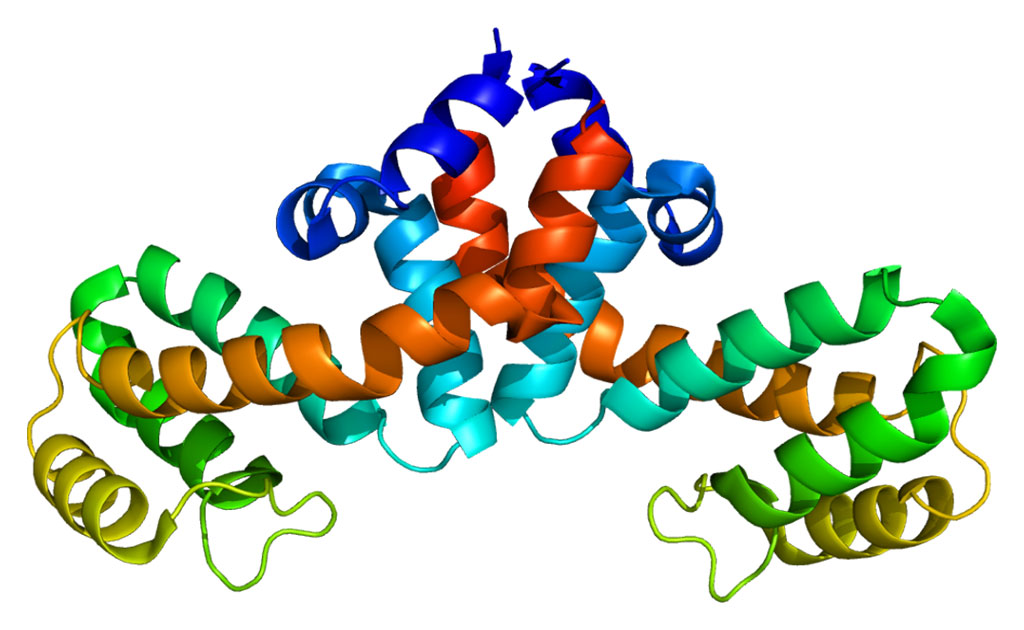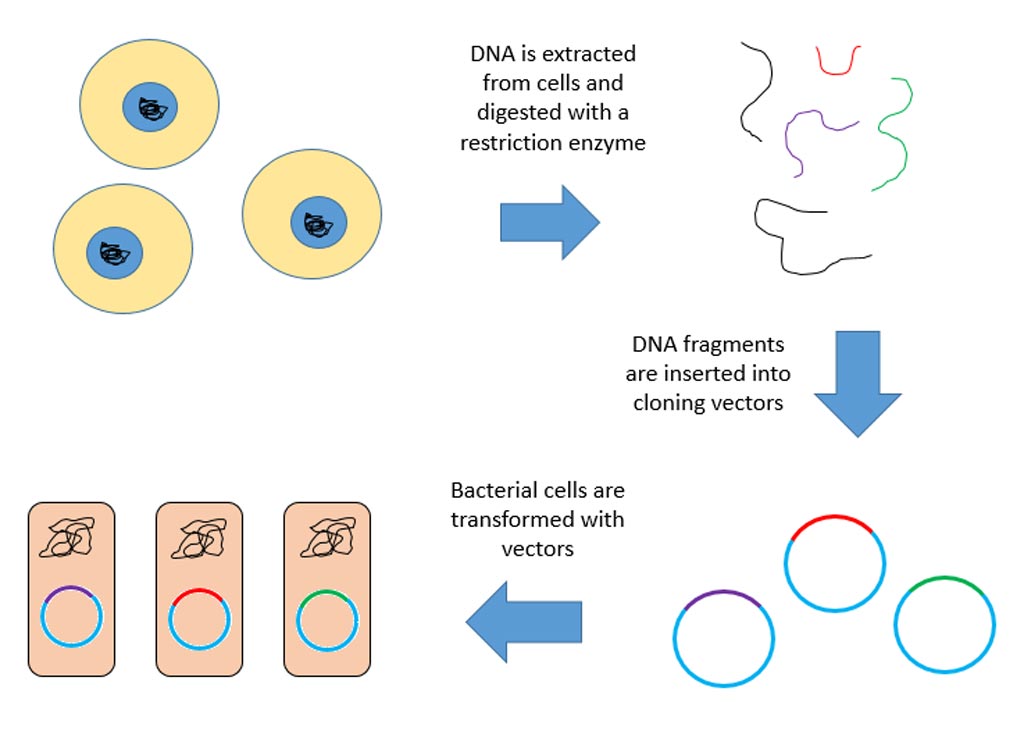DNA Synthesis Visualized in Whole Animals
By LabMedica International staff writers
Posted on 03 Jan 2012
Swiss scientists have discovered a new substance for labeling and visualization of DNA synthesis in vivo in whole animals. Posted on 03 Jan 2012
Applications for this technique include identifying the sites of virus infections and cancer growth, due to the profusion of DNA replication in these tissues. This strategy should therefore lead to new applications in drug development.
Interactions of biologic macromolecules are the fundamental bases of living systems. Biologic macromolecules are synthesized in living cells by linking many small molecules together. Naturally occurring macromolecules include genetic materials (DNA) and proteins. A precise determination of the synthesis of these macromolecules in whole animals is a basic prerequisite for better understanding biologic systems, and for the development of new therapeutic strategies.
To visualize the synthesis of biomolecules in living organisms, synthetic small molecules can be added to and integrated by the cell’s own biosynthetic processes. Consequently, the engineered biomolecules containing the synthetic units can be selectively labeled with fluorescent compounds. Until now, this approach had one major drawback: the substances used for labeling were toxic and caused cell death.
Anne Neef, a PhD student from the Institute of Organic Chemistry at the University of Zurich (Switzerland), has devised a new compound that can replace the natural nucleoside thymidine in DNA biosynthesis. This fluorinated nucleoside called F-ara-Edu labels DNA with little or no impact on genome function in living cells and even whole animals. F-ara-Edu is less toxic than previously reported compounds used for DNA labeling and it can be detected with greater sensitivity.
F-ara-Edu is therefore perfectly suited for experiments aimed at “birth dating” DNA synthesis in vivo. “As a demonstration of this, F-ara-Edu was injected into Zebrafish eggs immediately after fertilization. Following development and hatching of the fish, the very first cells undergoing differentiation in embryonic development could be identified,” explained Ms. Neef’s research advisor, Prof. Nathan Luedtke. “By visualizing new DNA synthesis in whole animals, the sites of virus infection and cancerous growth can be identified due to the abundance of DNA replication in these tissues,” added Prof. Luedtke. This strategy should therefore lead to new strategies in drug development.
Related Links:
University of Zurich













